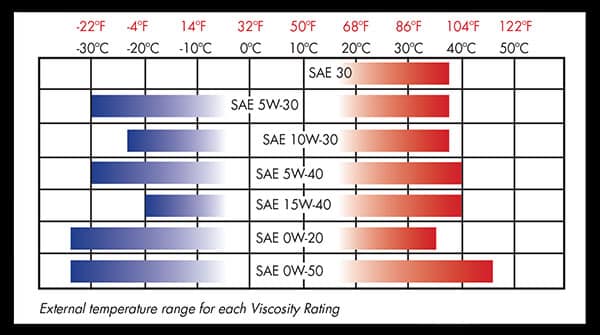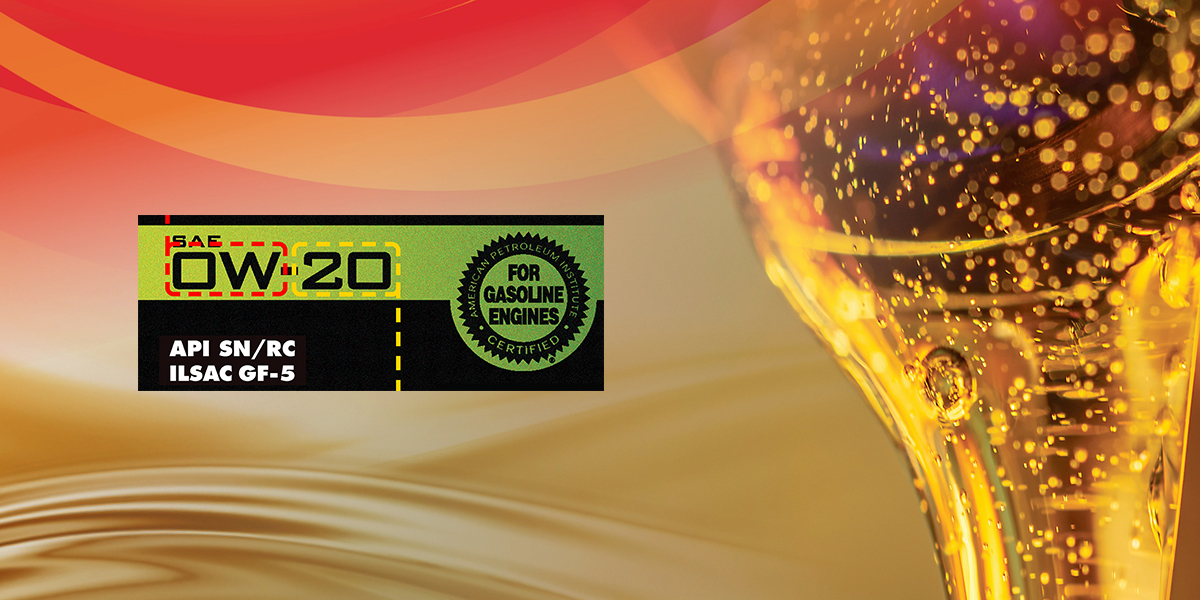How to Read Viscosity Ratings
Most of us don’t give a lot of thought to the viscosity rating of vehicle lubricants beyond whether they match the manufacturer specification of the vehicle, but knowing the history and origin of the rating can provide benefits when choosing and recommending lubricant products.
Viscosity ratings were originated by the Society of Automotive Engineers (SAE), founded by automotive experts, enthusiasts, and manufacturers in 1905, and who continue oversight and governance of aerospace and ground vehicle standards to this day.
The ratings themselves are based on viscosity at certain temperatures. Viscosity is calculated by how long it takes oil to flow through openings of a certain size at the specific temperature.

SINGLE GRADE OILS
Initially, engine oils were made with a single grade rating, which applied to the viscosity during internal temperatures while the engine is running. But while single grade oils are suitable for internal combustion temperatures, they are limited by external temperatures.
Colder temperatures cause oils to thicken and move more slowly, increasing their viscosity and, therefore, inhibiting their ability to flow quickly and smoothly, evenly coating all the parts of the engine that require lubrication to perform effectively. This is why cars have more difficulty starting in cold weather.
To combat this, multi grade oils were invented.

MULTI GRADE OILS
Multi grade oils were created by including various detergents and performance-enhancing additives to increase function and performance in lower temperatures. In a multi grade oil, the first set of numbers is called the “Winter” rating, originally created for use in winter, and would indicate the viscosity at external temperatures.

(While single grade rated oils would originally continue to be used during summer, with technological advancements in oil additives, this practice is no longer recommended by vehicle manufacturers.)
Today’s advanced technology allows for engine oils to suit vehicle driving conditions and provide added fuel economy, not just specify outside temperature. Therefore, lower viscosity oils such as a “0W” oil can still be the best choice, even if you operate your vehicle in warmer climates, especially when recommended by the manufacturer.
Additional information about Viscosity | Download the Properties of Viscosity flyer [PDF]

